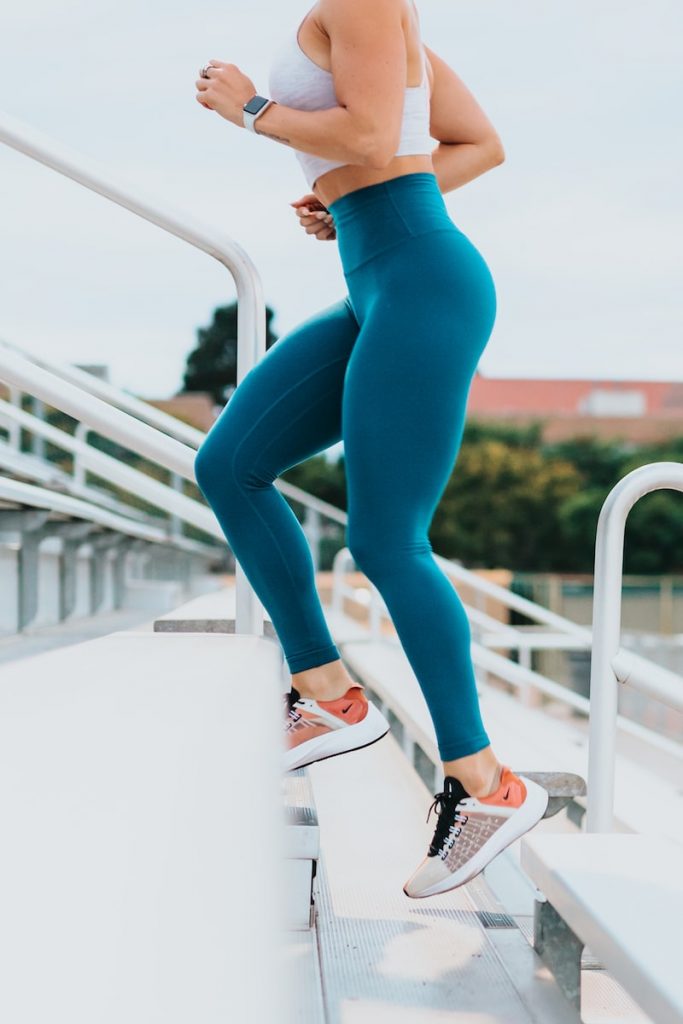Introduction
The menstrual cycle is an important part of your body. It’s when you get your period, and it can affect the way you feel physically and emotionally. Exercise can help with cramps, bloating and stress, but don’t overdo it if you’re feeling fatigued or exhausted. Here are some workouts that will help ease your symptoms during this time:
Venus of Willendorf
Venus of Willendorf is a figurine of a woman, made of oolitic limestone and dated to the Paleolithic period. It’s the oldest known statuette of a woman and was found in 1908 at Willendorf, Austria. The figurine was discovered by a farmer who was clearing land for planting as he tried to expand his farmhouse into the hillside above it.
The Venus’s face, hands, and feet are very well preserved even though she was made thousands of years ago—and it’s easy to see why: each feature has its own distinctive shape! Her wide mouth is perfectly closed (as if smiling) while her eyes are small and round like buttons on her face; these features give us insight into how people viewed beauty then as well as now.
The Venus also has some interesting details on her chest area: there appears to be hair growing out from underneath her breasts which could mean that she had breasts once upon a time but now has none left over after having children or breastfeeding them! But maybe this wasn’t intended originally so much as just decoration since there aren’t any other similar objects at all nearby either way–so maybe someone decided later down through history “hey let’s make this thing look really good!”
Exercise will help ease your period, but don’t work out if you’re feeling exhausted.
- Strenuous exercise can be a bad idea for your period. If you’re tired, stressed or feel sick, it’s best to avoid exercising altogether.
- If you do decide to work out, do so in moderation and avoid strenuous activities such as running or high-intensity workouts that cause cramps or other unpleasant side effects.
- Instead of working out during the week when you’re feeling fatigued from commuting home from work each day (which is typically around 3 PM), try going for a walk on weekends instead—you’ll get more done in less time!
Avoid high-impact workouts like running.
High-impact workouts like running can cause you to feel the pain of your menstrual cycle. Instead, try low-impact exercises like swimming and yoga or pilates classes. You can also do light weight training if you are still experiencing pain in the lower abdomen area during these times of the month. If that doesn’t help, taking painkillers may be necessary for some people who have severe cramping and spasms during this time period!
Strength training is great for aiding cramps and mood.
Strength training is great for aiding cramps, mood and stress. It also helps with bloating and digestion.
Strength training can help you get through your menstrual cycle if you’re having muscle pains or cramps. Muscle pain is commonly associated with menstrual cycle changes in women who have fibroids or endometriosis (a condition that affects the lining of the uterus). Those who do strength training regularly will find that it helps them to deal with their physical symptoms better than those who don’t exercise at all!
Yoga can help with pain, bloating and stress.
Yoga is a great way to relax and de-stress. It can also help with menstrual cramps, bloating, and other side effects of your cycle. You can do yoga at home or in a studio setting. The most important thing is that you find something that works for you—it doesn’t have to be complicated! I personally love doing yoga while listening to music because it makes me feel so much nicer during my period days!
Swimming is a great all-around workout that your body can handle during your period.
Yoga is a great way to relax and de-stress. It can also help with menstrual cramps, bloating, and other side effects of your cycle. You can do yoga at home or in a studio setting. The most important thing is that you find something that works for you—it doesn’t have to be complicated! I personally love doing yoga while listening to music because it makes me feel so much nicer during my period days!
Moderate exercise will help with digestion, as well as heart, circulation and joint issues that you may experience during this stage of your cycle.
Moderate exercise will help with digestion, as well as heart, circulation and joint issues that you may experience during this stage of your cycle.
Exercise can also have a positive impact on mood. It’s been shown to lift depression and anxiety in women who suffer from PMS symptoms. If you’re feeling stressed or anxious about your periods—or if they just happen to coincide with other stressful events in life—exercising can help boost your mood while also relieving stress levels overall.
Additionally, moderate exercise is one way to relieve cramps; it reduces muscle pain by increasing blood flow throughout the body (which increases oxygen supply). If you have painful periods every month but don’t want to avoid physical activity altogether for fear of hurting yourself more than helping yourself feel better physically then consider taking up yoga instead!
Take it easy on yourself if you don’t feel up to exercising during this stage.
If you’re not feeling up to it, take it easy. Listen to your body and don’t force yourself to exercise if you don’t feel like it. Instead of pushing yourself through an intense workout, try something that’s more gentle on the body and still leaves you feeling strong and energetic afterward.
Everyone’s menstrual cycle is different and it’s important to listen to what your body needs during that time.
Everyone’s menstrual cycle is different and it’s important to listen to what your body needs during that time.
If you’re feeling tired, rest. If you’re feeling energetic, exercise. If you feel bloated—and let’s face it, we all do sometimes—eat more fiber or drink some water with lemon juice in it (or both!). If hunger strikes and nothing seems good enough for a snack, eat protein-rich foods like nuts or seeds first thing in the morning before breakfast is over! And if moodiness hits at night while trying to fall asleep: meditate!
Conclusion
Remember that your body is always trying to tell you what it needs and when. So, pay attention and listen to your instincts.







